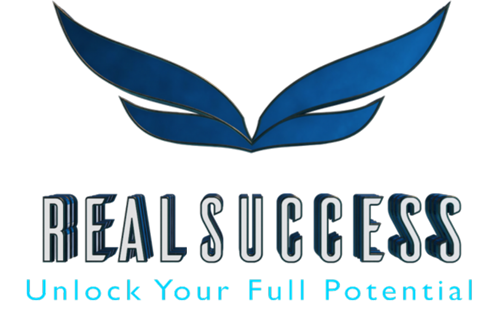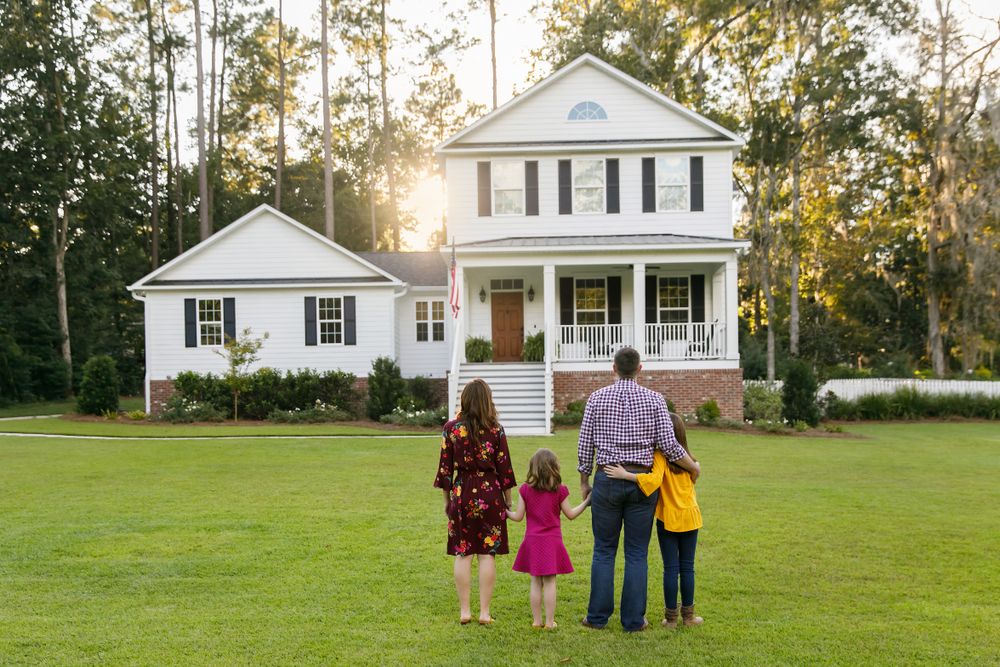RealSuccess will provide our students the guidance and knowledge on how to flip a home. This involves finding the right property, securing financing, making an offer, getting a home inspection, and closing on the purchase.
There are many ways to buy a home, even if you have little or no money to put down. Here are a few of the basics:
-
Sweat Equity.
Sweat Equity is a way to get a home by trading work for equity in the house. This could be used for a down payment or for purchase later. This is a great technique if you are handy with tools, yard-work, and paint.
Look for fixer-uppers in neighborhoods you are interested in. Many times these homes will have a hard time selling and the owner is ready for just about any offer. You will find these homes ranging from just needing a little cosmetic work like landscaping or painting, to totally trashed homes in need of some serious renovation. If you’re into repairs, this is a great way to get a home for a good deal.
If you’re not skilled at repairs and renovation, be careful about fixer-upper homes. They could end up costing you quite a large amount of money to pay others to bring it up to standard. I also recommend getting a home inspection so you know what you’re in for before you begin.
-
Seller Carry-Back.
Look for a home with an assumable loan. Instead of buying out the owner’s equity, ask the seller to carry back a second mortgage for the rest of the money owed. If you can get the seller to carry all of the rest, you can get a home for no money down.
-
Offer an Object for the Down Payment.
Offer something other than cash (land, a car, a boat, or valuable collectibles) to the seller instead of a cash down payment. It’s important to listen to sellers, to gauge their interest. Find out what they want and need. Maybe you have just what they need. For instance, maybe they wanted to use the down-payment to buy an RV and it turns out that you just happen to have one you don’t need. Offer that vehicle as a down-payment, and it saves you from coming up with the cash.
-
Offer Services for the Down Payment.
Offer your services or expertise to the seller in lieu of a down payment. Some examples include $10,000 worth of auto services if you’re a mechanic, dental work if you’re a dentist, desktop publishing services if you’re a designer, artwork if you’re an artist or legal work if you’re an attorney.
-
Foreclosures
Look for foreclosure properties that require little or no down payment. Some lenders and government agencies will let you buy a foreclosure with no down payment if your credit is good and they’re anxious to have the home occupied. If you have skills (carpentry, landscaping, or even painting) that you can use to increase the home’s value, take advantage to save money. Distressed properties can be acquired with little or no down to save a foreclosure.
-
VA or Other No Money Down Loans
Look for conventional loan programs such as VA or FHA that require little or nothing down. VA loans have helped countless veterans get into their homes. There are often programs available to first time buyers or people who are distressed (for example, Hurricane Katrina victims) that will help people get into a home with little money down. You’ll usually have to qualify for the loan with the bank to obtain the property.
This loan option is only available to United States active military personnel and veterans. A VA loan is a mortgage loan guaranteed by the United States Department of Veteran Affairs. This loan allows veterans to put as little as zero percent down on their home purchase. That’s right, no money down on a home. The VA loan also has no mortgage insurance and no prepayment penalties along with limited closing costs. If you have access to this type of loan, then you should absolutely take advantage of this opportunity.
-
Find an Investment Partner for Equity Sharing
Look for an investment partner who’ll put up some or all of the cash in an equity-sharing partnership. You make the monthly payments and the two of you split the resale profits.
-
Wrap-Around Financing
Wrap-around financing is where you assume a seller’s VA Loan by doing a new Contract for Deed. Since this contract is flexible and does not have to follow the old loan, you can ask the seller to carry not only the loan amount, but the rest of the purchase price of the house, allowing you to get in with little or no money down.
-
Rent-to-Own or Lease-Option
There are many community and non-profit organization programs out there to help people get into homes of their own. Many of these do not require any money down. There are some organizations and programs that will pay for some or all of the down payment for you. Generally, these are for low to moderate-income individuals, but these days that includes a lot of people. You also usually have to qualify for an FHA loan which is somewhat easier than a conventional bank loan. If you’ve been unable to get into a home because you don’t have enough money for a down payment, then maybe one of these programs will be for you.
10. FHA Loan
The FHA insured loan is a US Federal Housing Administration mortgage insurance backed mortgage loan that is provided by an FHA-approved lender. In a nutshell, the FHA loan was designed to enable those who otherwise wouldn’t have the ability to purchase a home with a very low down payment. Using the FHA loan, a home buyer can put down as little as 3.5 percent. That’s similar to putting down $3,500 on a $100,000 home. The minimum requirements to be approved for an FHA loan is having a credit score of 580 or higher. One catch to note when using the FHA loan is that the homeowner will have to pay mortgage insurance premiums known as PMI. Usually, this is required because the lender is taking more risk if you as the owner fail to make payments. The FHA loan is a perfect way to get started in real estate and purchase your first home. Another rule to be aware of is that you do have to live in the property or unit for at least one year before moving out and renting the unit or property.





0 Comments